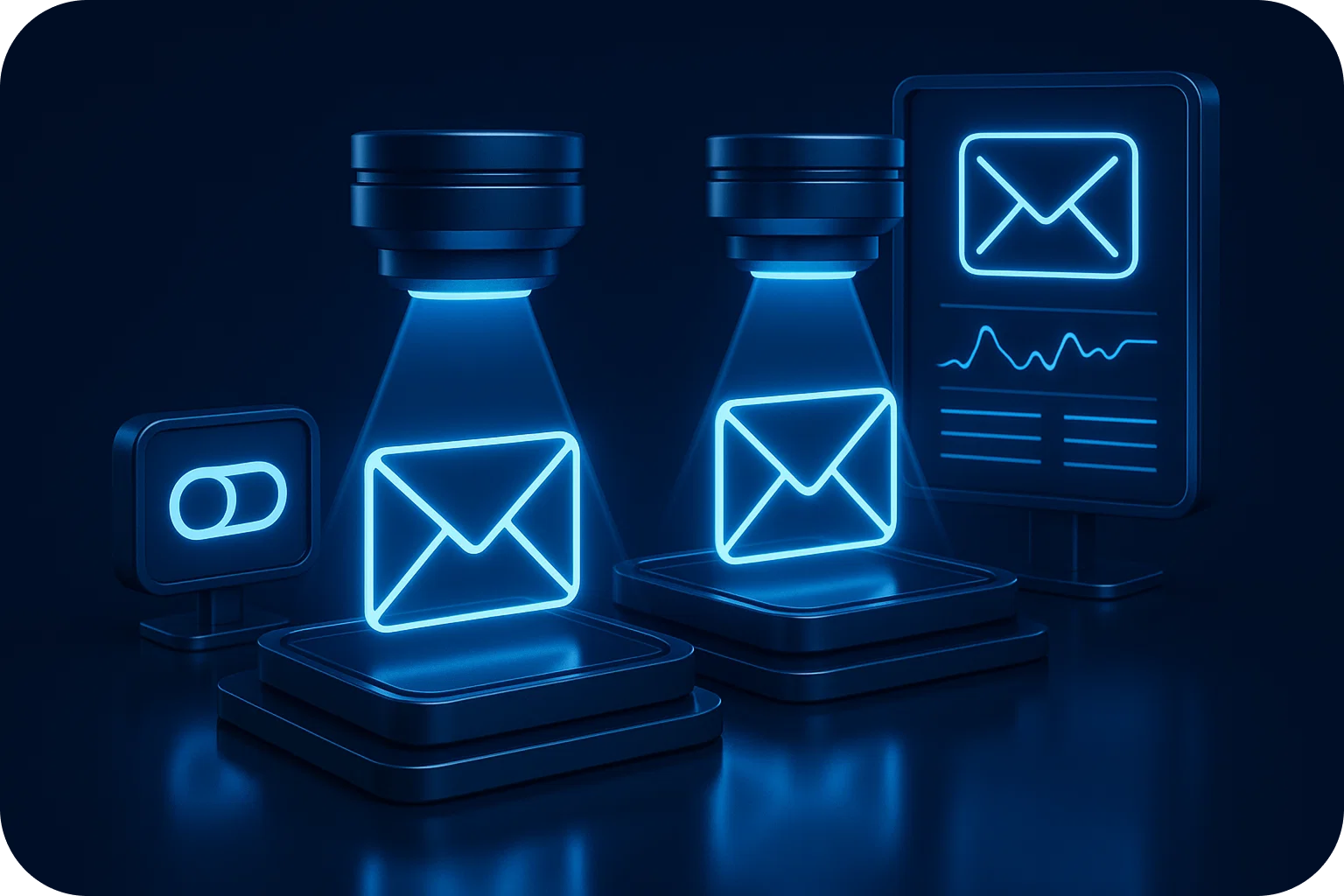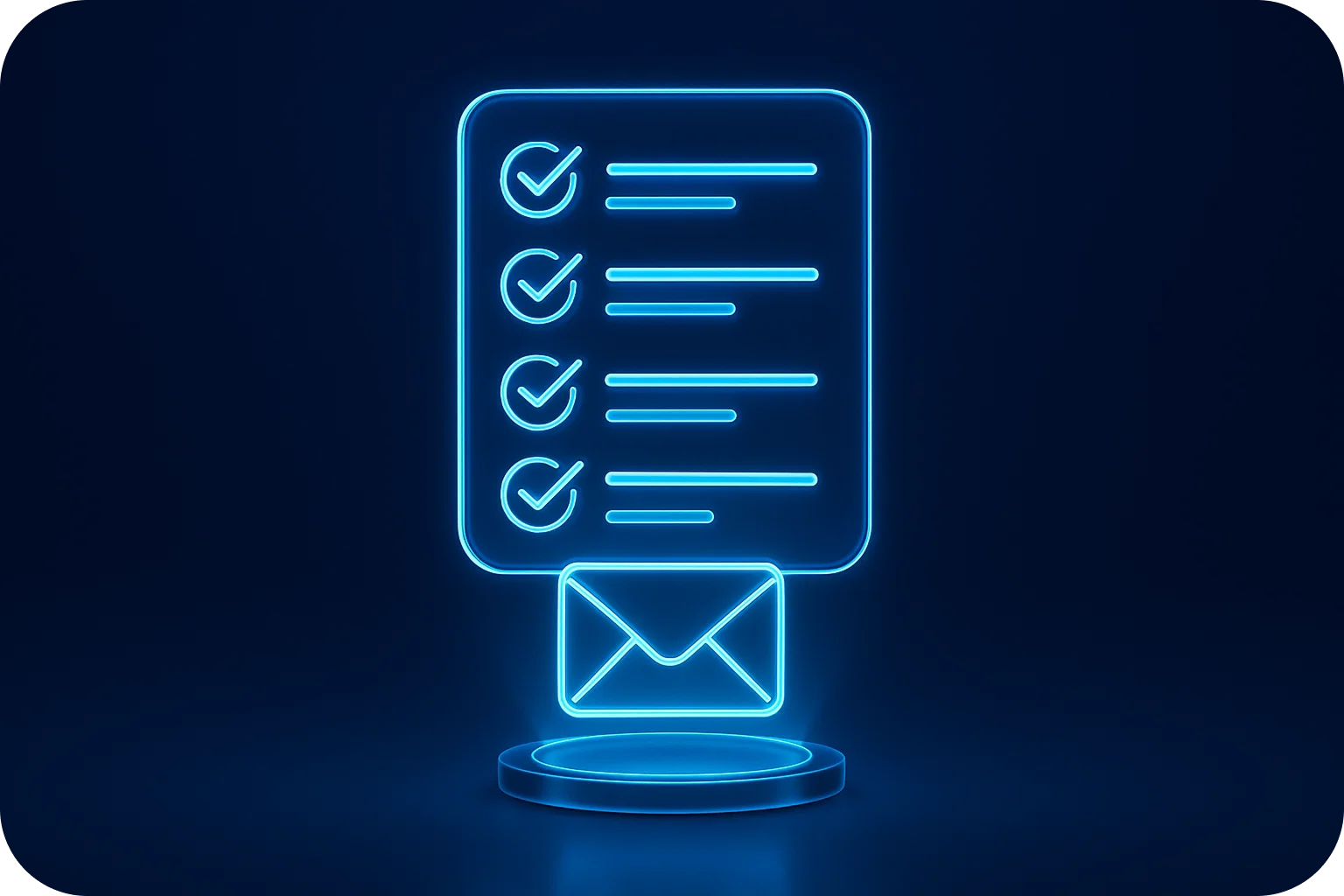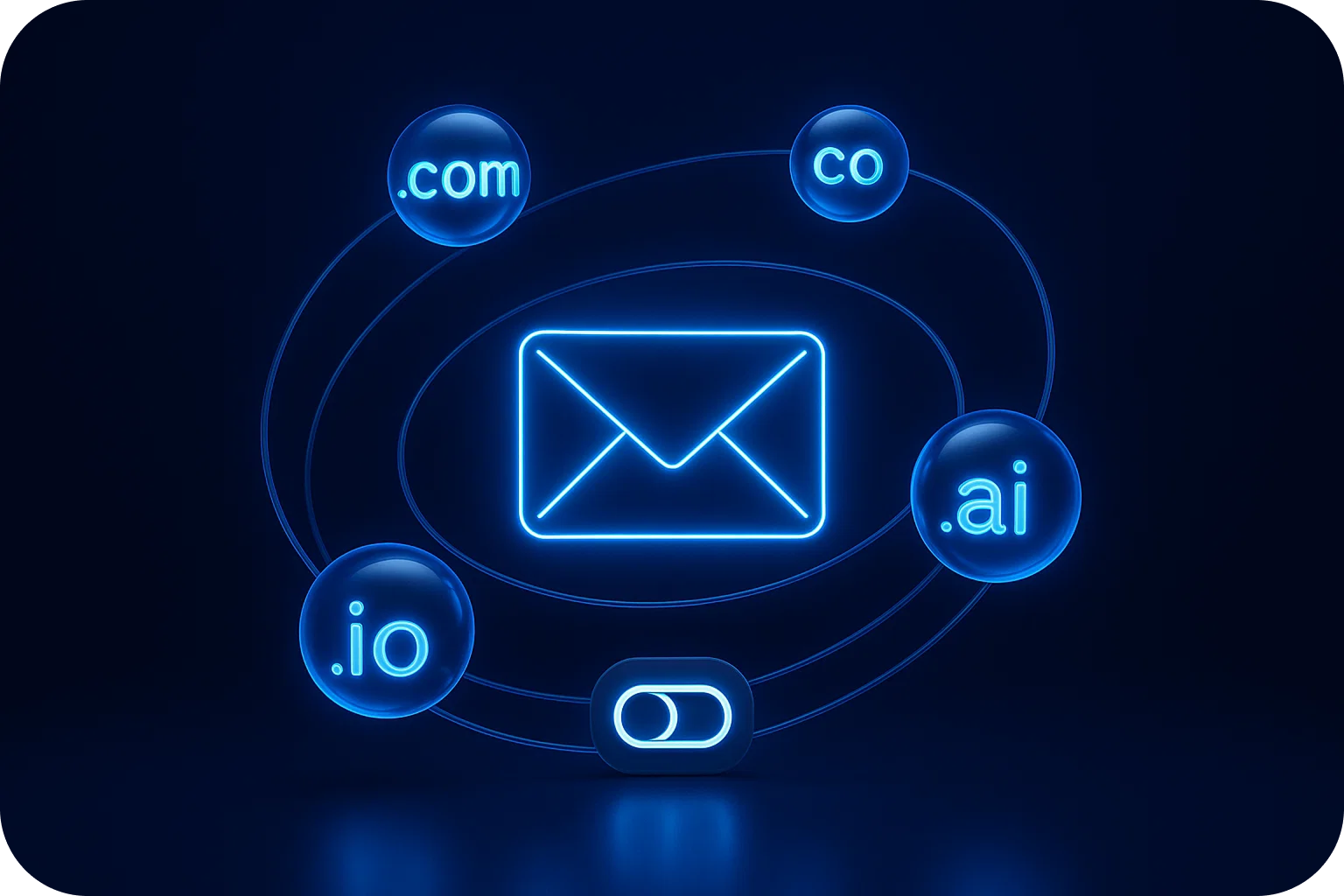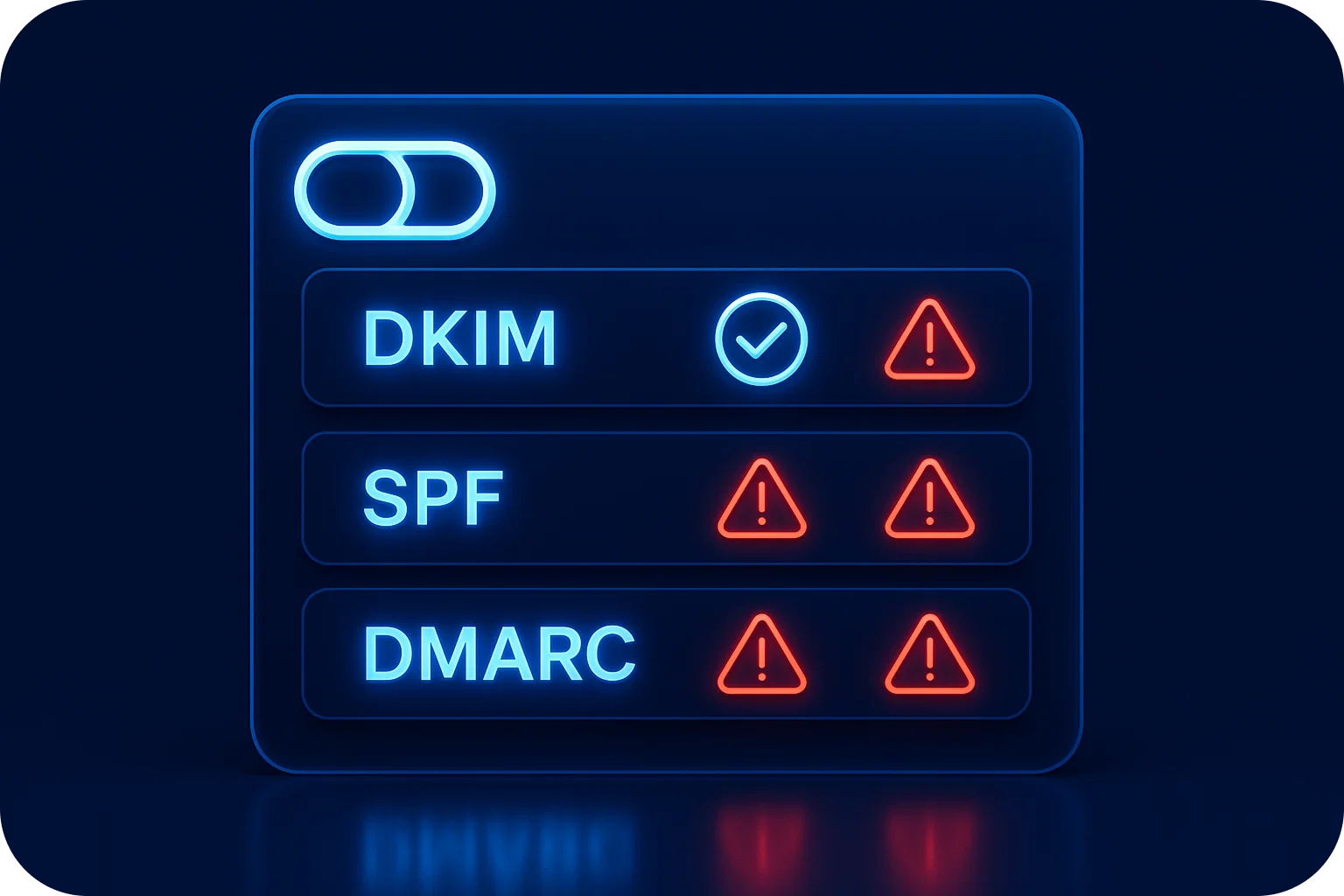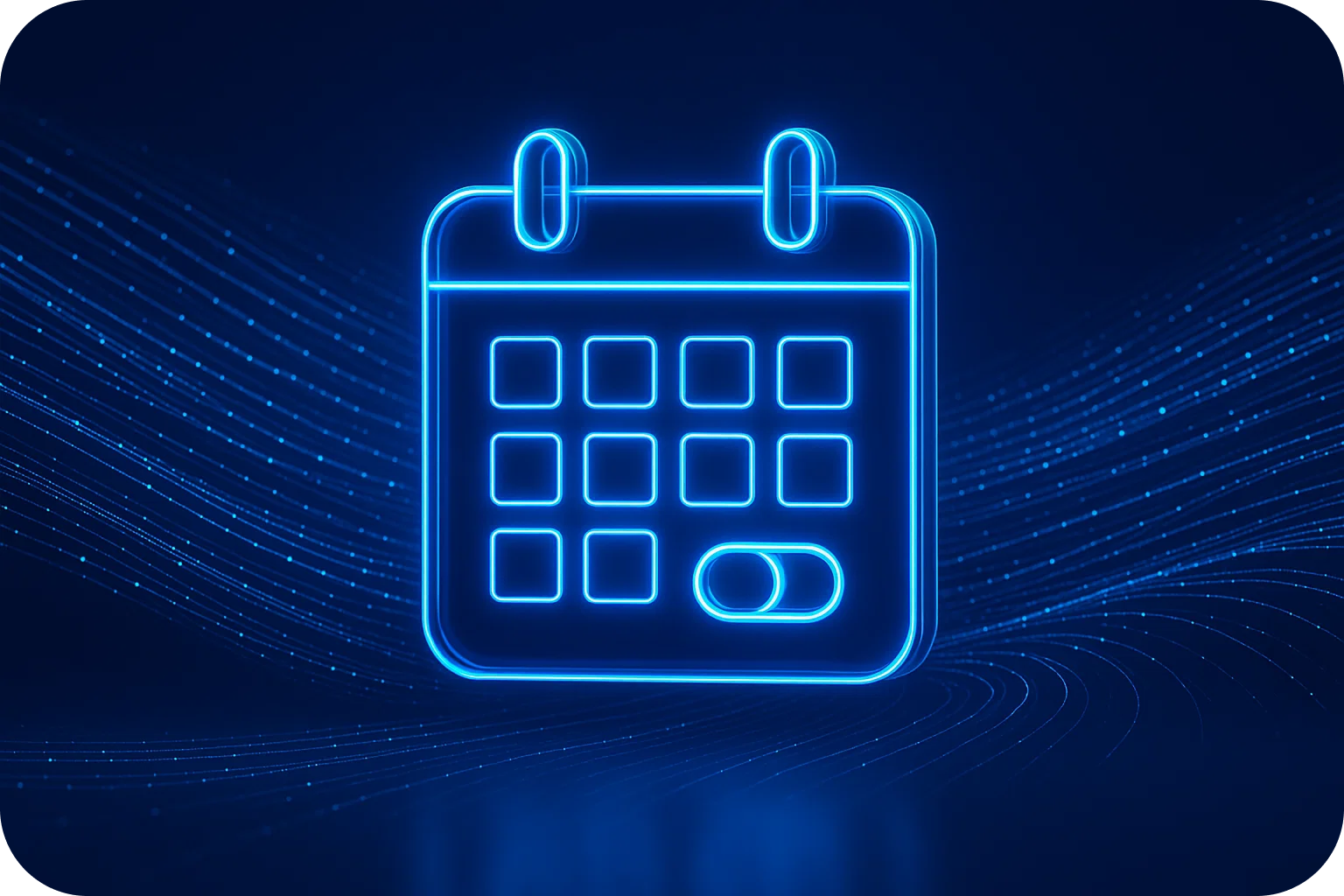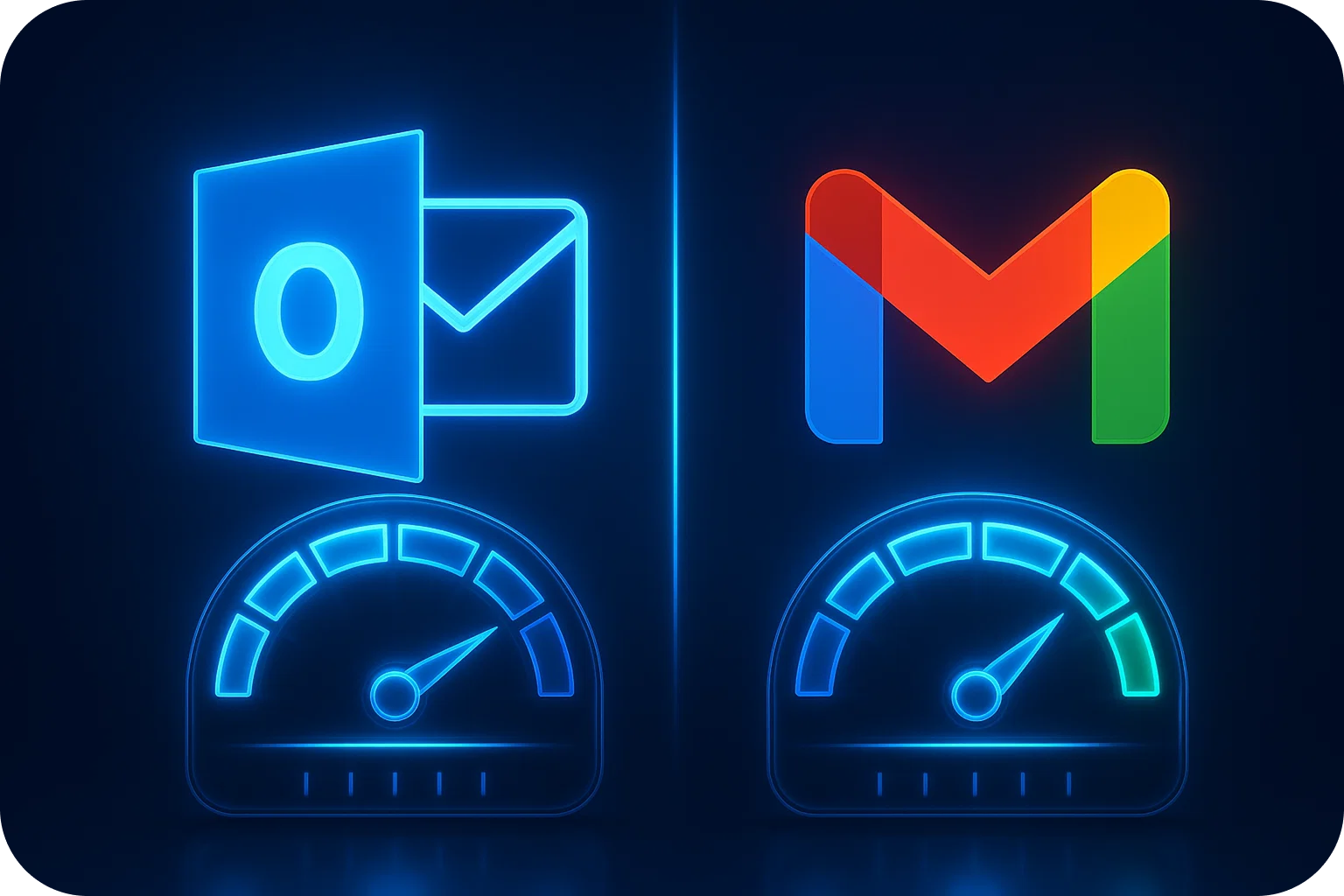Cold Email CTA Optimization: From 'Let's Chat' to Revenue

Your cold email's call-to-action (CTA) is the bridge between interest and action. Yet most sales professionals default to the same tired phrases: "Let's chat," "Are you available for a quick call?" or "Can we schedule 15 minutes?" These generic CTAs are killing your response rates and leaving money on the table.
The difference between a 2% and 15% response rate often comes down to one thing: how you ask for what you want. In this guide, we'll transform your understanding of cold email CTAs and show you how to craft calls-to-action that drive real business results.
Why Generic CTAs Fail
Before diving into optimization strategies, let's understand why "Let's chat" and similar phrases fall flat:
Lack of Specificity: "Let's chat" tells prospects nothing about what they'll gain from the conversation. It's vague, uncommitted, and easily ignored.
No Value Proposition: Generic CTAs don't communicate the specific benefit or outcome the prospect will receive from engaging with you.
High Commitment Threshold: Asking for a meeting or call immediately creates friction. You're asking busy executives to commit time without proving value first.
Sounds Like Every Other Email: When your CTA blends into the noise of every other sales email, you've already lost the battle for attention.
The Psychology Behind High-Converting CTAs
Effective cold email CTAs leverage fundamental psychological principles:
Reciprocity: When you offer something valuable first, prospects feel compelled to reciprocate. Your CTA should lead with value, not requests.
Curiosity Gap: The most powerful CTAs create a knowledge gap that prospects want to fill. They hint at valuable information without giving everything away.
Loss Aversion: People fear missing out more than they desire gaining something. Frame your CTA around what they might lose by not responding.
Social Proof: When appropriate, reference how similar companies have benefited from your solution to reduce perceived risk.
The CTA Optimization Framework
1. Value-First Approach
Instead of asking for their time, offer something valuable. This could be:
- Industry insights or benchmarks
- A relevant case study
- A useful resource or tool
- Specific recommendations for their situation
Generic: "Do you have 15 minutes to chat about your email deliverability?"
Optimized: "I'll send over the deliverability audit we completed for [similar company] that increased their inbox placement by 23%. Would that be useful?"
2. Micro-Commitment Strategy
Lower the barrier to entry by asking for small commitments that naturally lead to bigger ones:
Generic: "Can we schedule a demo next week?"
Optimized: "Worth a 2-minute conversation to see if this applies to your situation?"
3. Outcome-Focused CTAs
Focus on the result they'll achieve, not the process of getting there:
Generic: "Let's discuss your cold email strategy."
Optimized: "Interested in seeing how to scale your outreach 10x without hurting deliverability?"
High-Converting CTA Templates by Scenario
For Problem-Aware Prospects
When prospects already recognize they have a challenge:
"I have a few ideas on how [Company] could improve [specific metric] based on what I've seen work for [similar company type]. Worth exploring?"
"Quick question: Are you seeing the same deliverability issues that most [industry] companies are struggling with right now?"
For Solution-Aware Prospects
When they're actively looking for solutions:
"I'll share the exact framework [similar company] used to [achieve specific result]. Should I send it over?"
"Want to see the 3-step process that helped [Company Type] achieve [specific outcome] in [timeframe]?"
For Unaware Prospects
When they don't know they have a problem:
"Most [industry] companies are losing 40% of their emails to spam folders without realizing it. Want me to run a quick check on your current setup?"
"I noticed [specific observation about their company]. This usually indicates [potential issue]. Worth a quick look?"
Advanced CTA Techniques
The Assumptive Close
Assume they're interested and focus on logistics:
"What's the best way to get this information to your team - email or brief call?"
"Should I send the analysis to you directly or include your marketing director?"
The Alternative Choice
Give them control while guiding toward your desired outcome:
"Would you prefer to see the case study first, or should we jump straight into how this applies to your situation?"
"Better to start with a deliverability audit or the competitive analysis?"
The Time-Sensitive Hook
Create urgency without being pushy:
"I'm putting together Q4 deliverability benchmarks for [industry]. Want to see how you compare before I finalize the report?"
"Running this analysis for 3 more companies this month. Interested in being included?"
Industry-Specific CTA Examples
For SaaS Companies
"Want to see the email infrastructure setup that helped [SaaS Company] scale from 1K to 50K monthly emails without deliverability issues?"
For Agencies
"I'll show you the exact system [Agency Name] uses to manage 100+ client domains while maintaining 98% deliverability. Worth 10 minutes?"
For Startups
"Most startups waste $10K+ on email tools before getting their infrastructure right. Want to see the setup that prevents this?"
Testing and Measuring CTA Performance
Optimization is an ongoing process. Here's how to systematically improve your CTAs:
Key Metrics to Track
- Response Rate: Percentage of recipients who reply
- Positive Response Rate: Percentage showing genuine interest
- Meeting Booking Rate: Percentage who actually schedule time
- Show-up Rate: Percentage who attend scheduled meetings
A/B Testing Framework
Test one element at a time:
- Value proposition (what you're offering)
- Commitment level (size of ask)
- Urgency/timing elements
- Question vs. statement format
Run tests with at least 100 emails per variation for statistical significance.
Common CTA Mistakes to Avoid
The Multiple Ask: Don't give prospects multiple options in one email. It creates decision paralysis.
The Weak Close: Avoid phrases like "if you're interested" or "let me know if this makes sense." They signal low confidence.
The Generic Template: Personalize your CTA based on the prospect's specific situation or industry.
The Immediate Meeting Request: Don't jump straight to calendar booking without building value first.
Putting It All Together: The Perfect CTA Formula
Here's a proven formula for crafting high-converting CTAs:
[Value Statement] + [Specific Benefit] + [Low-Commitment Ask] + [Easy Next Step]
Example: "I have the deliverability analysis [Value] that shows exactly why your emails might be hitting spam folders [Specific Benefit]. Worth a 3-minute look [Low-Commitment Ask]? I can send it right over [Easy Next Step]."
Advanced Personalization Strategies
Take your CTAs to the next level with these personalization techniques:
Company-Specific References: "Noticed [Company] just raised Series B. Most companies at your stage struggle with scaling email infrastructure. Want to avoid the common pitfalls?"
Industry Insights: "Seeing a lot of [Industry] companies struggle with deliverability after iOS updates. Is this affecting your team?"
Timing-Based: "Perfect timing - just finished a similar project for another [Company Type]. Want to see what worked?"
The Revenue Impact of Optimized CTAs
Let's quantify the impact of CTA optimization:
If you send 1,000 cold emails monthly:
- Generic CTA (2% response rate): 20 responses
- Optimized CTA (8% response rate): 80 responses
- Additional meetings per month: 15-20
- Additional revenue potential: $50K-$200K annually
The math is compelling: better CTAs directly translate to more revenue.
Your Next Steps
Transforming your cold email CTAs from generic to revenue-driving requires strategic thinking and continuous optimization. Start by auditing your current CTAs against the principles outlined in this guide.
Remember: the best CTA is one that makes responding feel like the obvious next step for your prospect. When you lead with value, lower commitment barriers, and focus on outcomes rather than process, you'll see your response rates and revenue climb significantly.
The difference between "Let's chat" and a revenue-driving CTA isn't just words; it's strategy, psychology, and a deep understanding of what motivates your prospects to take action.
More articles
Get started now




%201.png)
